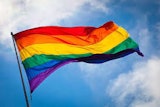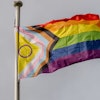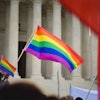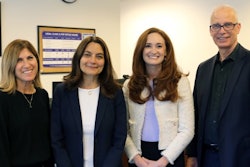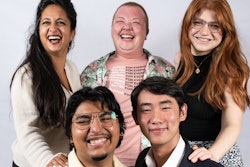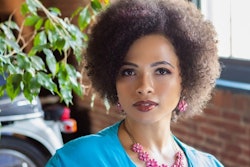WASHINGTON, D.C.
From cell phones and texting to religion and manners, younger and older Americans see the world differently, creating the largest generation gap since the tumultuous years of the 1960s and the culture clashes over Vietnam, civil rights and women’s liberation.
A new study released Monday by the Pew Research Center found Americans of different ages increasingly at odds over a range of social and technological issues. It also highlights a widening age divide after last November’s election, when 18- to 29-year-olds voted for Democrat Barack Obama by a 2-to-1 ratio.
Almost eight in 10 people believe there is a major difference in the point of view of younger people and older people today, according to the independent public opinion research group. That is the highest spread since 1969, when about 74 percent reported major differences in an era of generational conflicts over the Vietnam War and civil and women’s rights. In contrast, just 60 percent in 1979 saw a generation gap.
Asked to identify where older and younger people differ most, 47 percent said social values and morality. People age 18 to 29 were more likely to report disagreements over lifestyle, views on family, relationships and dating, while older people cited differences in a sense of entitlement. Those in the middle-age groups also often pointed to a difference in manners.
Religion is a far bigger part of the lives of older adults. About two-thirds of people 65 and older said religion is very important to them, compared with just over half of those 30 to 49 and 44 percent of people 18 to 29.
In addition, among adults 65 and older, one-third said religion has grown more important to them over the course of their lives, while 4 percent said it has become less important and 60 percent said it has stayed the same.
“Around the notion of morality and work ethic, the differences in point of view are pretty much felt across the board,” said Paul Taylor, director of the Pew Social and Demographic Trends Project. He cited a greater tolerance among younger people on cultural issues such as gay marriage and interracial relationships.
Still, he noted that the generation gap in 2009 seems to be more tepid in nature than it was in the 1960s, when younger people built a defiant counterculture in opposing the Vietnam War and demanding equal rights for women and minorities.
“Today, it’s more of a general outlook, a different point of view, a general set of moral values,” Taylor said.
Among the study’s other findings:
Getting old isn’t as bad as people believe in terms of health, but isn’t as good when it comes to lifestyle. While more than half of those under 65 think they will experience memory loss when they are older, only one-quarter of people 65 and older say they do so. Older people reported fewer instances than expected of problems such as serious illness, not being able to drive, being less sexually active or depressed.
On the other hand, older adults end up having less leisure time than expected. While 87 percent of those under 65 think they will have more time for hobbies and other interests in older age, only 65 percent of older people report having it. Life at 65 and older also fell below expectations when it came to time with family, travel, having more financial security and less stress.
Hispanics are more likely to report problems in old age. About 35 percent of Hispanics 65 and older say they have a serious illness, compared with 20 percent of Whites and 22 percent of Blacks in the same age group. Older Hispanics reported being depressed, lonely or a burden to others than did Whites and Blacks. They also were less likely to do volunteer work or be involved in their communities.
Younger people are more likely to embrace technology. About 75 percent of adults 18 to 30 went online daily, compared with 40 percent of those 65 to 74 and about 16 percent for people 75 and older. The age gap widened over cell phones and text messaging. About 6 percent of those 65 and older used a cell phone for most or all of their calls; 11 percent sent or received text messages. That’s compared with 64 percent of adults under 30 for cell phone use and 87 percent for texting.
Americans differ on when old age begins. On average, they say 68. People under age 30 believe it begins at 60, while those 65 and older push the threshold to 74. Of all those surveyed, most said they wanted to live to 89.
Pew interviewed 2,969 adults by cell phone or landline from Feb. 23 to March 23. The poll has a margin of error of plus or minus 2.6 percentage points. In cases where older persons were too ill or incapacitated, their adult children were interviewed. Pew also used surveys conducted by Gallup, CBS and The New York Times to identify trends since 1969.
© Copyright 2005 by DiverseEducation.com

